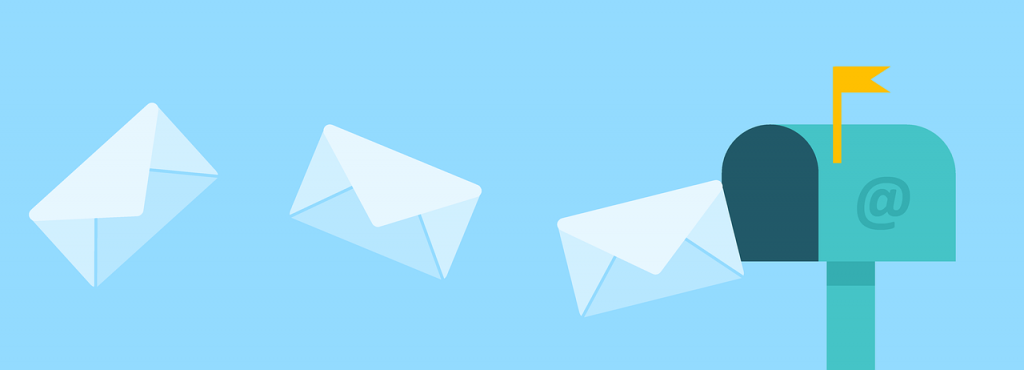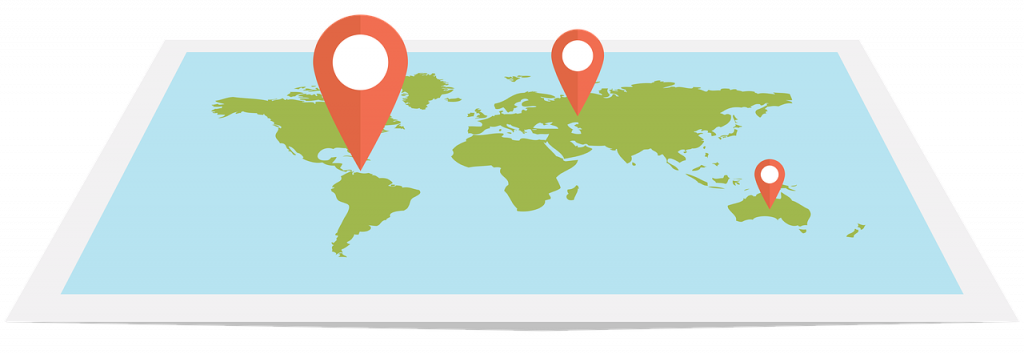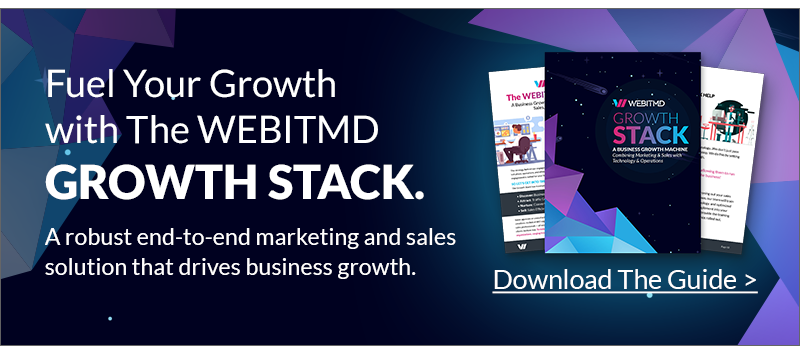Email marketing is an integral part of an effective inbound marketing strategy. And like all things marketing, the more targeted you can be, the better off you are. This blog post will explore different ways to segment contacts and how to market to those segments.
What Is List Segmentation for Inbound Marketing?
If you want to improve your ROI, it is time to consider segmenting your email list beyond the demographics. According to a study, up to 77 percent of email marketing ROI came from segmented and targeted email campaigns in 2017.
Email segmentation refers to a process through which you categorize your email list into subgroups according to your customers’ uniqueness. Segmentation helps you to customize emails based on customers’ professions, buying patterns, and interests to help improve conversion rates.
5 Ways To Segment Your Email List for Inbound Marketing
Start with primary demographic data.
It is essential to acknowledge the uniqueness of your customers when creating an email list. Not all of them want the same thing or have the same buying habits. Consequently, you should start your segmentation strategy with basic demographic information about your customers, such as age, gender, and location. Segmenting, at this level, empowers you to access crucial pieces of information that will build up an effective and highly personalized inbound marketing campaign. For example, the age of the customers will help decide on the product that meets their needs. Their location will also help determine the jurisdiction you serve best.
 Geographic region
Geographic region
Knowing where your contacts reside or work is a useful piece of information when segmenting your email list. The location of your customers informs how you target your message and customize your offers. For example, there is no sense in sending in-store offers to out-of-towners located hundreds of miles away if you are a brick and mortar business. However, if you are a national franchise, you can segment your email list by zip code to ensure you are only marketing in locations that your brand has a presence.
Segment according to the sales funnel
When you segment the emails list according to the sales funnel, you guarantee each customer gets the ideal type of information that serves their needs based on their position in the sales funnel. For example, a customer who is ready to convert will most likely not be looking for basic information about the services or product on offer. Rather, they will be interested in other crucial aspects of the brand, such as prices or warranties. However, new subscribers need to be nurtured and will benefit from basic product information that will hook them further to the product or service on offer. In a nutshell, every marketing stage should have a unique email marketing campaign.
Recent behavioral changes
Segmentation based on recent customer buying habits is a great way to retain the customer and earn their loyalty. For example, if a frequent customer suddenly stops making purchases in recent times, you can send them an email to ask why. The email should seek to find out if all is well with them and whether they need any form of assistance. Their answer will help you improve the experience for future interaction. Your email should also inform them about a new product that they should check out.
Past customer purchases
Critical information on customer’s past purchases provides an ideal way to customize emails that appeal best to their interests. It also gives you upsell opportunities to add complementary services and products that your target customers will enjoy based on their past buying history. Additionally, you can also segment your email list based on the customer’s purchase frequency. This metric will help you develop a loyalty program for the most frequent buyers of a product.
Improve Your Email Marketing Approach
There is no doubt contact segmentation offers the best way to ramp up your email strategy for inbound marketing . When you categorize your list, you are sure the emails you send are as customized and targeted as possible to get the best results.
Download this FREE growth stack guide today and take the next step toward better marketing.






.jpg)



.jpg)





![5 Reports to Elevate Your HubSpot Sales Dashboard [+ Examples]](https://blog.webitmd.com/hs-fs/hubfs/Imported_Blog_Media/6-winning-examples-of-a-hubspot-sales-dashboard-2.png?width=767&name=6-winning-examples-of-a-hubspot-sales-dashboard-2.png)